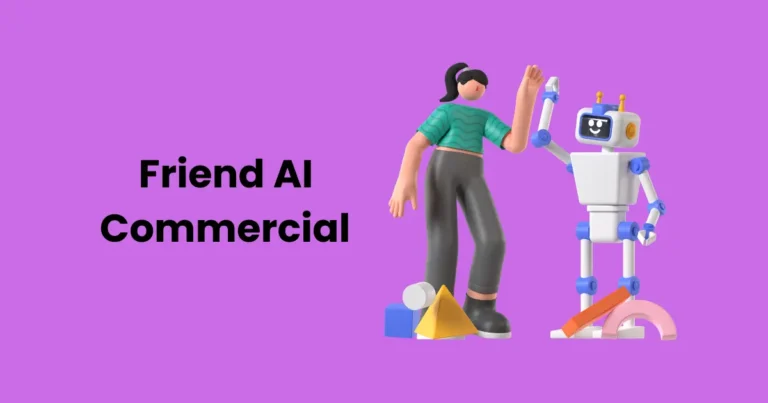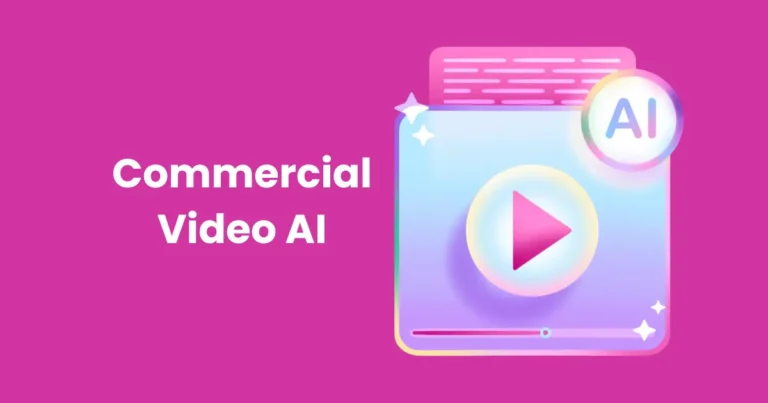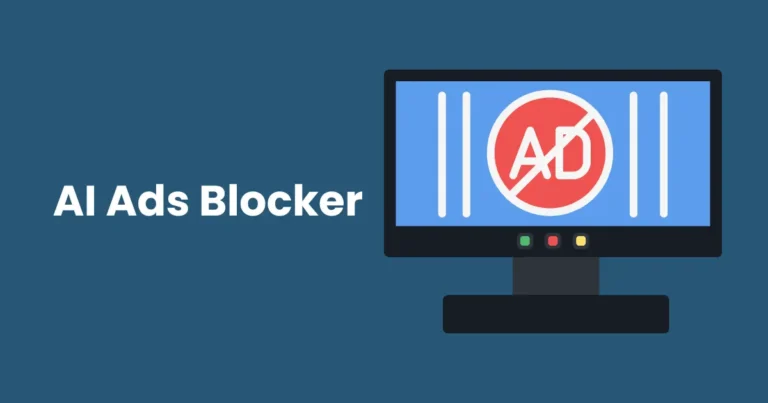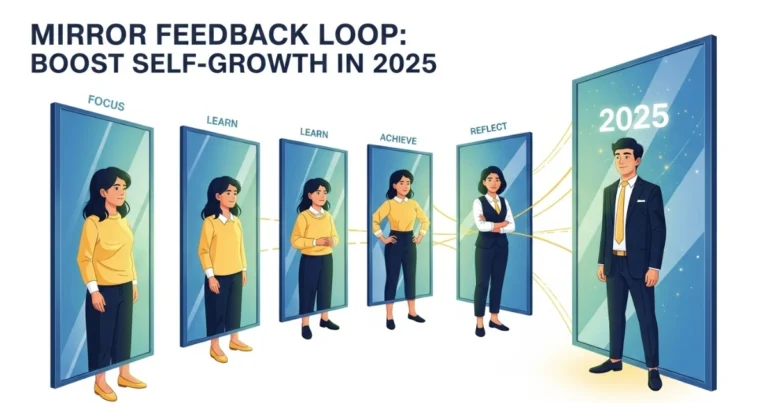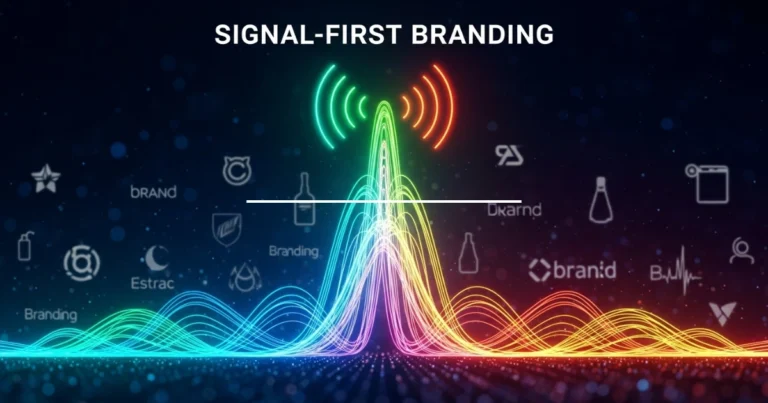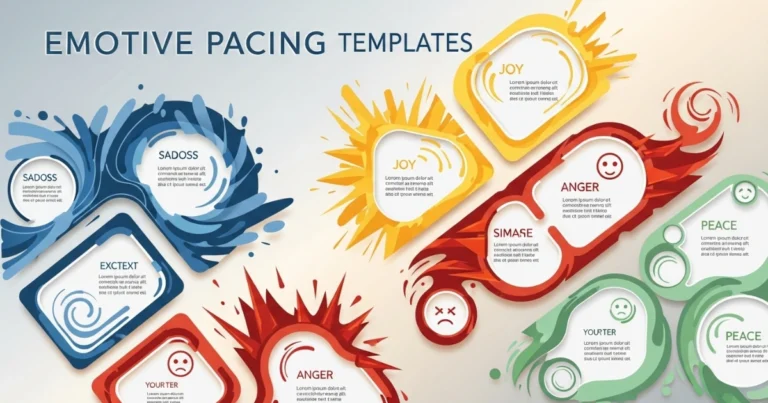Can AI-Generated Images be Used Commercially?
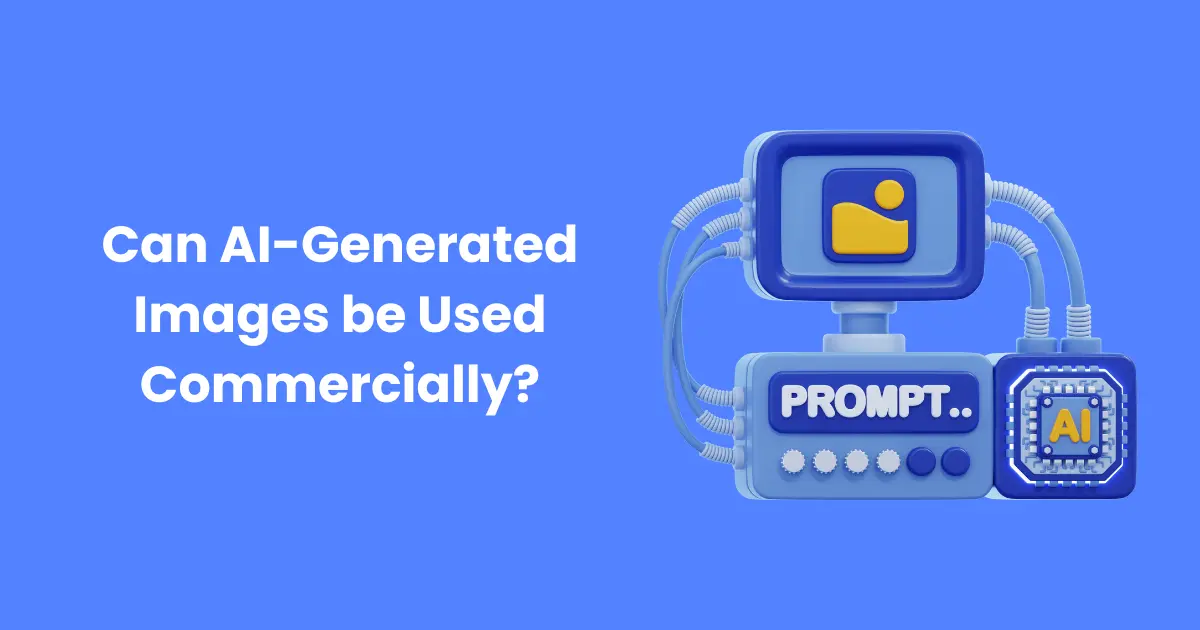
Contents
With the rapid development of artificial intelligence (AI), the creation of AI-generated images has become increasingly popular among artists, designers, and businesses alike. However, a common question arises: Can AI-generated images be used commercially? This is an important consideration for businesses looking to leverage AI for marketing, advertising, and other commercial projects. While AI tools allow for the generation of stunning visuals at a fraction of the cost and time compared to traditional methods, the legality and licensing behind their use in commercial settings can be complex. In this article, we will delve into the key factors surrounding the commercial use of AI images, including legal considerations, copyright issues, and licensing agreements, to help you navigate this evolving landscape.
Understanding AI-Generated Images
AI-generated images are created using advanced machine learning models that analyze large datasets of images to generate new visuals based on user inputs. These tools, such as DALL-E, MidJourney, and Stable Diffusion, rely on deep learning algorithms that understand patterns, colors, shapes, and structures to create images that match text descriptions or prompts provided by the user.
The process begins when a user inputs a specific text prompt into the AI platform, which then generates an image by predicting what the prompt might look like visually. For example, a prompt like “a futuristic cityscape at sunset” could result in a highly detailed and imaginative image of a sunset-lit city with futuristic architecture, all created by the AI in a matter of minutes.

AI images can range from hyper-realistic depictions to abstract or artistic representations, giving users a broad range of creative possibilities. The images generated are often unique, as AI models combine various elements from the data they’ve been trained on in novel ways. This allows for the creation of entirely original visuals, which is especially valuable for commercial use where exclusivity and creativity are key.
Despite their innovative nature, understanding the legal and ethical implications of using AI-generated images commercially is crucial. While the technology offers numerous advantages in terms of speed and cost, businesses must be aware of potential copyright issues, licensing terms, and the rights associated with these images before incorporating them into their commercial projects.
The Legal Landscape of Using AI Images
When considering the commercial use of AI-generated images, understanding the legal aspects is crucial. While AI offers new creative possibilities, it also brings complex legal questions that businesses must navigate. The primary concerns center around copyright, ownership, and licensing. Let’s explore these key legal considerations in more detail.

Copyright Issues
One of the biggest concerns surrounding the commercial use of AI images is copyright. Traditionally, copyright law grants protection to original works created by human authors. However, when it comes to AI-generated images, the situation becomes more complicated. Since AI models create images without direct human authorship, questions arise about who owns the rights to these images—the user who generated the image, the creators of the AI tool, or the AI system itself?
In many jurisdictions, the current copyright laws do not recognize AI as a creator, and the ownership of AI-generated content remains uncertain. This can lead to legal gray areas, especially if AI images are used commercially without clear ownership rights. To avoid potential copyright disputes, it is essential for businesses to understand the terms and conditions set by the AI platform or tool they are using, as these will often clarify who holds the rights to the images generated.
Licenses and Terms of Use
Licensing is another crucial factor when it comes to the commercial use of AI images. AI platforms typically provide licenses that outline how the generated images can be used. These licenses can vary significantly, depending on the platform and the specific terms of use.
For example, some platforms may grant users full commercial rights to use AI images without restrictions, while others may impose limitations, such as requiring attribution or restricting usage in certain contexts. It’s essential to review the licensing terms carefully before using AI-generated images in any commercial capacity to ensure compliance with the platform’s rules.
Additionally, many AI platforms offer different tiers of licensing—ranging from free or low-cost licenses for personal use to premium licenses for commercial purposes. The premium licenses generally provide more flexibility and fewer restrictions on how the images can be used, but they may come at a higher cost.
Commercial Use of AI Images
The commercial use of AI-generated images is an increasingly popular choice for businesses looking to enhance their marketing campaigns, advertisements, and product designs. AI images offer an affordable and efficient way to create high-quality visuals without the need for expensive photography or illustration services. However, before incorporating AI-generated content into your commercial projects, there are several factors to consider.

Platforms Offering AI Images
Numerous platforms offer AI-generated images, each with its own set of rules regarding commercial use. Some of the most popular AI image generation tools include DALL-E, MidJourney, Stable Diffusion, and RunwayML. These platforms allow users to generate a wide variety of images, from realistic photos to abstract art, based on text prompts.
Each platform has its own licensing structure, so understanding the commercial rights granted by these services is critical. For instance, platforms like DALL-E and MidJourney provide users with the ability to use generated images for commercial purposes, but the terms may differ. DALL-E, for example, offers a commercial license for all generated content, allowing businesses to use the images without needing additional permission. On the other hand, MidJourney may require users to purchase a specific plan for commercial rights to use the generated images in a business context.
Commercial Licensing Options
When using AI images for commercial purposes, the licensing agreement you enter into with the platform will determine how the images can be used. Some AI platforms offer royalty-free licenses, which grant users the right to use the images for a wide range of commercial activities, such as marketing, social media posts, and website content, without needing to pay royalties or licensing fees.
Other platforms may offer exclusive licenses that provide businesses with additional protection by ensuring that the AI-generated image will not be sold or used by others. Exclusive licenses are typically more expensive but can be worth the investment if you require unique, one-of-a-kind visuals for your commercial projects.
It’s also important to note that some AI platforms may impose restrictions on the use of generated images in certain contexts, such as using AI images in offensive, misleading, or harmful materials. Businesses must carefully read the terms of service and licensing agreements to ensure they are in compliance with these guidelines.
How to Safeguard Your Rights When Using AI Images
When using AI-generated images for commercial purposes, it is essential to take steps to safeguard your rights and protect your business from potential legal disputes. Without proper precautions, the use of AI images can lead to challenges related to copyright infringement, ownership claims, and licensing violations. Here are some important measures to ensure you are using AI images safely and legally:

1. Review Platform Terms and Licensing Agreements
Before incorporating AI-generated images into your commercial projects, thoroughly review the terms of service and licensing agreements provided by the AI platform. These documents should clearly outline your rights regarding the images, including whether they are royalty-free, require attribution, or come with any restrictions on use.
Understanding the licensing terms is crucial to ensuring that you are not inadvertently violating any rules. Some platforms may limit how their generated images can be used, especially in contexts like advertising or product design. Always confirm that you have the necessary rights for the intended use.
2. Document Your Usage Rights
To protect your rights, it is a good idea to document your usage rights when acquiring AI-generated images. Save records of your purchase or the specific licensing agreement that grants you commercial use. This documentation can serve as evidence if any legal issues arise in the future regarding the use of the images.
If the platform offers an option to purchase an extended license for commercial use, be sure to keep a copy of the agreement as part of your business records. This ensures that you have the right to use the images commercially without fear of future disputes.
3. Avoid Using AI Images for Sensitive or Controversial Purposes
While AI-generated images can be used for a variety of commercial applications, it’s important to avoid using them in controversial, misleading, or harmful ways. Many AI platforms impose restrictions on how their images can be used to prevent misuse, such as creating deceptive advertisements or offensive content.
By adhering to these ethical guidelines and using AI images responsibly, you not only protect your business from potential legal issues but also uphold your brand’s reputation and integrity.
4. Consider Registering Copyright for Original AI Images
Although the copyright status of AI-generated images can be complex, you may want to consider registering a copyright for any AI images that you significantly modify or use as the basis for new works. In some jurisdictions, modifying an AI image to the point where it is considered an original creation could make it eligible for copyright protection.
Registering a copyright for these images can further secure your rights, especially if you plan to use them extensively in marketing or as part of your intellectual property portfolio.
Once you start using AI images commercially, it’s important to monitor for unauthorized use of your images. Platforms like Google Image Search and reverse image tools can help track where your images appear online. If you discover that your AI-generated images are being used without permission, take appropriate action to protect your rights, such as issuing a takedown request or pursuing legal action if necessary.
By staying vigilant, you can help prevent unauthorized use and maintain control over how your AI-generated content is utilized in the commercial sphere.
Best Practices for Using AI Images in Commercial Projects
To ensure that you are using AI-generated images effectively and legally in commercial projects, it’s important to follow best practices that can help you avoid common pitfalls. By adhering to these practices, you can leverage the power of AI-generated visuals while minimizing risks and maximizing their value for your business.

1. Ensure Proper Licensing and Usage Rights
Before using any AI-generated image in a commercial project, always confirm that you have the appropriate licensing rights. As discussed earlier, different AI platforms offer varying types of licenses—some provide royalty-free or exclusive commercial rights, while others may have specific restrictions. Always ensure that your license covers the intended use of the image, whether for marketing, advertising, product design, or other business applications.
If the platform offers an extended or premium license for commercial use, consider purchasing it to ensure greater flexibility and fewer restrictions on your usage. Keep a record of your licensing agreement as documentation for future reference.
2. Customize and Personalize the Images
AI-generated images are often based on general templates or datasets, which means that many businesses may end up using similar images. To make your visuals stand out and reflect your brand’s unique identity, consider personalizing the AI-generated images. Customizing the images can involve adjusting colors, adding logos, or combining multiple AI images to create a unique design.
This customization not only helps differentiate your content but also increases the likelihood of creating something that is original enough to be protected by copyright law, depending on the level of modification.
3. Check for Image Quality and Relevance
AI tools can produce stunning images, but it’s important to verify that the quality and style of the images align with your brand’s vision and messaging. Sometimes, AI-generated images may not be as high-quality as traditional photography or illustration, and they may require additional editing to meet professional standards.
Furthermore, the relevance of the image to your commercial project should be considered. Make sure the image accurately represents your brand’s message or the product you are promoting. An image that doesn’t align with your business objectives can result in a disconnect with your target audience.
4. Avoid Overusing Generic AI Images
Using AI-generated images in every aspect of your commercial projects may lead to a lack of originality, especially if other businesses are using the same platform and images. To maintain a unique brand presence, avoid relying too heavily on stock-style images generated by AI.
Instead, consider using AI images as part of a larger creative strategy. For instance, you can combine AI visuals with original photography, hand-drawn artwork, or 3D models to create more dynamic and unique content. This approach adds value to your projects while still taking advantage of the speed and affordability of AI-generated imagery.
5. Stay Updated on Legal and Ethical Guidelines
AI technology is rapidly evolving, and so are the legal frameworks surrounding its use. It’s important to stay informed about the latest updates in copyright law, licensing terms, and ethical guidelines for AI-generated content. New regulations may emerge that could impact the way you use AI images in commercial settings.
Staying up-to-date will help you avoid any legal complications and ensure that your business is always in compliance with current laws. Regularly review the terms of the AI platforms you use and adapt your practices accordingly.
6. Attribute When Required
Some AI platforms may require attribution for the images generated through their service, particularly for free or non-exclusive licenses. Even if attribution is not legally required, giving credit where credit is due can be a good practice, especially when using AI tools to generate original content. It shows respect for the platform and its creators while promoting transparency in your business operations.
Always check the licensing agreements for any attribution requirements and ensure you comply with them, especially if you are using the images in high-visibility commercial campaigns.
Conclusion
In conclusion, AI-generated images offer a valuable resource for businesses looking to create high-quality visuals efficiently and affordably. While the use of AI images in commercial projects can provide numerous benefits, such as cost savings and creative flexibility, it is essential to understand the legal and ethical implications involved. By ensuring proper licensing, safeguarding your rights, and adhering to best practices, you can confidently incorporate AI-generated images into your business strategy without facing legal issues or infringing on copyright.
As the use of AI continues to grow, staying informed about the evolving legal landscape and platform-specific terms will be crucial for businesses. By being proactive and following the appropriate guidelines, you can maximize the potential of AI images while avoiding common pitfalls, thus leveraging these innovative tools to enhance your marketing, branding, and overall business success.

